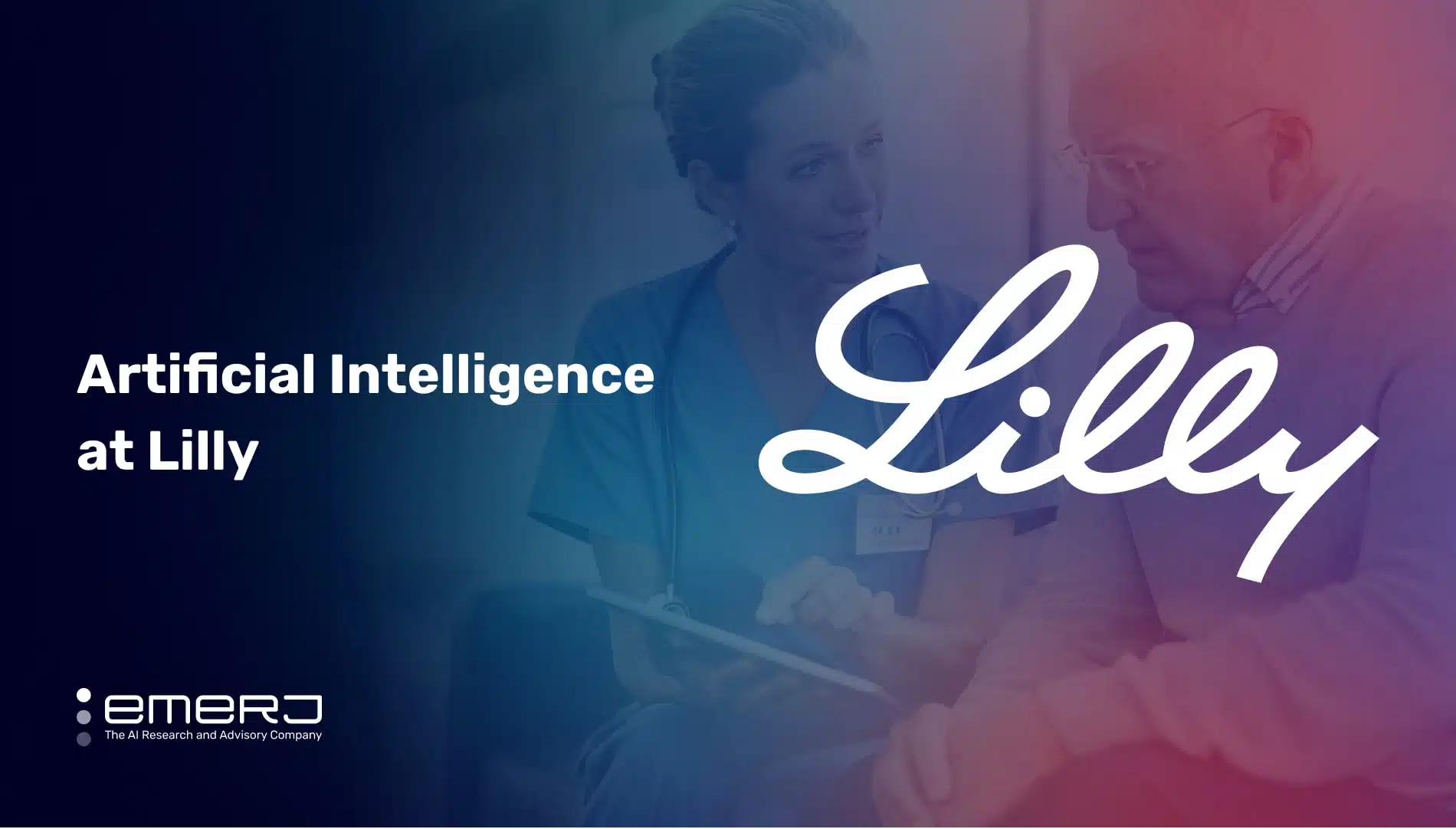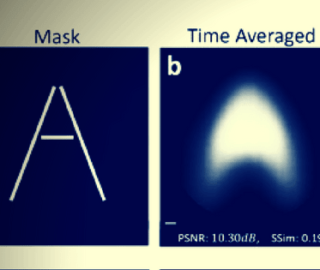
Lilly and Company is a global pharmaceutical corporation founded in 1876 and headquartered in Indianapolis, Indiana. The company has offices in 18 countries and sells its products in approximately 125 countries worldwide. As of 2024, Lilly employs over 38,000 people globally and has an annual revenue of $34.12 billion.
The company’s research and development efforts focus primarily on diabetes, cancer, immunology, pain management, and neurodegeneration. Lilly is renowned for developing breakthrough medications such as Prozac (fluoxetine) for clinical depression, Cymbalta (duloxetine), and the antipsychotic Zyprexa (olanzapine).
Lilly’s AI initiatives have already saved approximately 1.4 million hours of human work, equivalent to about 160 years of 24/7 human work, and they aim to double this to 2.4 million hours by the end of the year.
This article explores two compelling use cases that illustrate how Eli Lily AI initiatives are actively supporting its strategic business objectives:
- Leveraging generative AI (GenAI) for content automation: Utilizing GenAI to automate the creation of patient narratives, a critical but time-consuming component of regulatory submissions.
- Accelerating drug discovery with AI: Using deep learning models and kinetic simulations to identify and optimize novel drugs.
Leveraging GenAI for Content Automation
A study performed by the Department of Medical Informatics, University of Amsterdam, Amsterdam, The Netherlands, and the Department of Biomedical Engineering, Linköping University, Sweden, found that physicians spend around 35% of their time documenting patient data. The disproportionate amount of time spent on documentation compared to direct patient care is alarming.
Lilly faced challenges in the time-consuming process of creating clinical documents, particularly patient narratives. These narratives are crucial for regulatory submissions but require significant time and resources to produce accurately.
The manual creation of patient narratives was labor-intensive, time-consuming, and prone to data entry errors. This process was slowing down the submission of new medicines for regulatory approval, potentially delaying the delivery of life-saving treatments to patients. Lilly partnered with Yseop to implement an automated process for drafting patient narratives using natural language generation (NLG) technology.
Yseop is a French software company that provides natural language generation (NLG) and intelligent report automation services. Founded in 2000, the company aims to streamline business processes, particularly in regulated industries like pharmaceuticals, by automating the creation of reports and documentation.
Per the case study published by Yseop, Lily spent 4 hours consolidating data for one patient narrative for the clinical study report. Lilly partnered with Yseop to implement its product, Medical Writing Automation, an automated process for drafting patient narratives using natural language generation.
Yseop Copilot integrates with existing data sources and clinical trial databases. Its AI-based NLG platform processes the data to generate written narratives and produces first drafts of various regulatory documents, including:
- Clinical Study Reports (CSR)
- Clinical Trial Narratives (CTN)
- Summary Clinical Safety (SCS)
- Summary Clinical Efficacy (SCE)
- Investigator’s Brochures (IB)
- Informed Consent Forms (ICF)
- Pharmacokinetic (PK) reports

Screenshot from Yseop (Source: Yseop)
The tool extracts and analyzes clinical trial data, transforming it into structured narratives. This process involves importing and changing tables, interpreting statistical data, and generating accurate and consistent specialist medical reports. Users can access these reports on Word documents for easy edits.
Medical writers can customize reporting narratives and provide feedback to the system, allowing for tailored outputs that match specific requirements or writing styles. Yseop claims that the generated content meets FDA & EMA compliance standards.
Here is a detailed, three-minute demo of how the Yseop platform tool works:

Screenshot from Yseop (Source: Yseop)
The published case study also claims the below business results that Lilly observed:
- Eliminated 10,000 hours of writing and reviewing time
- Completed 2,300 patient narratives using Yseop and a new, streamlined process
- Accelerated medical review by 200%
- For each routine patient narrative, saved 20 minutes of quality review time
- For each complex patient narrative, saved 30 minutes of quality review time
- Reduced third-party organization spending on patient narratives by 53% compared to the previous year
In addition, the Pharmaceutical company decreased the chance of data entry errors and produced machine-written draft patient narratives in less than a minute.
Accelerating Drug Discovery with Deep Learning
Traditional drug discovery and development are widely recognized as lengthy and expensive processes. On average, as explained in this study from the widely respected Nature academic journal, it takes 10 to 15 years for a new drug to progress from initial concept to market availability. As of 2015, the estimated cost of bringing a single drug to market was approximately USD 58.8 billion.
Studies from the National Institute of Health also show that leveraging AI algorithms to analyze extensive chemical and biological datasets allows for rapid identification of potential drug candidates, optimization of lead compounds, and accurate prediction of their properties, significantly accelerating the discovery of novel therapeutics. Moreover, these studies show that AI contributes to substantial cost and time reductions in the development process by optimizing research and development workflows.
Confronted with the industry-wide challenge of lengthy and expensive traditional drug discovery and development processes, Lilly set out to revolutionize its approach. The company’s strategic objective was threefold:
- To significantly enhance productivity across its operations,
- Streamline workflows by automating routine tasks and
- Foster innovation in the critical areas of drug discovery and development
Lilly partnered with XtalPi, an AI-powered drug discoverer based in Shenzhen. The collaboration aimed to use XtalPi’s AI and robotics capabilities to identify novel drug candidates, ushering in a new era of efficiency and innovation in pharmaceuticals.
XtalPi is a pharmaceutical technology company founded in 2015 that claims to apply AI, quantum physics, and robotics to drug discovery and development. Based in Shenzhen, China, with operations in Boston, USA, it partners with pharmaceutical companies to accelerate and optimize the early stages of drug research.
Per the press release published by XtalPi, Lilly partnered with XtalPi in a deal worth up to $250 million to leverage XtalPi’s AI algorithms, quantum physics models, and large-scale robotics for drug discovery. Lilly implemented AI across various domains, including drug discovery, natural language generation, robotic process automation, and chatbots.
Eli Lily adopted XtalPi’s drug discovery solution, ID4, for small-molecule drug discovery. The integrated technology solution claims to accelerate and optimize the early stages of small-molecule drug discovery.

Screenshot from XtalPi (Source: XtalPi)

Screenshot from XtalPi (Source: XtalPi)
Here is a detailed, 16-minute video of how XtalPi’s platform works. At roughly the 12:40 mark, the video explains the advantages of leveraging cloud capabilities in the XtalPi platform for drug discovery:
As of now, neither Lilly nor XtalPi have publicly disclosed specific business outcomes or results from their collaborative AI-driven drug discovery project. However, as is common in the pharmaceutical industry, detailed progress reports and outcomes are typically kept confidential until significant milestones are reached.
However, XtallPi claims the following business outcomes in general:
- Higher success rate of drug discovery
- Lower costs in wet lab experiments
- Accelerated drug development process
- Improved operational performance
While these claims are promising, it’s essential to view them in the context of real-world results. Lilly partnered with XtalPi in 2023 and has reported increased R&D spending in subsequent quarters. For instance, in Q1 2024, Lilly’s research and development expenses grew 29% compared to Q1 2023.
However, this increase in R&D spending coincides with significant revenue growth, with successful drugs like Verzenio named explicitly as drivers of said growth in Lilly’s quarterly earnings reports. While Emerj can’t directly attribute these results to the XtalPi partnership, Lilly’s willingness to increase R&D investment suggests confidence in their drug discovery processes, which now include XtalPi’s AI platform.
This increased spending, coupled with revenue growth, may indicate that Lilly’s leaders see value in the partnership and are willing to invest more in potentially promising drug candidates identified through this collaboration.







